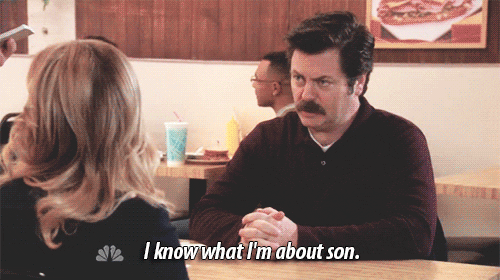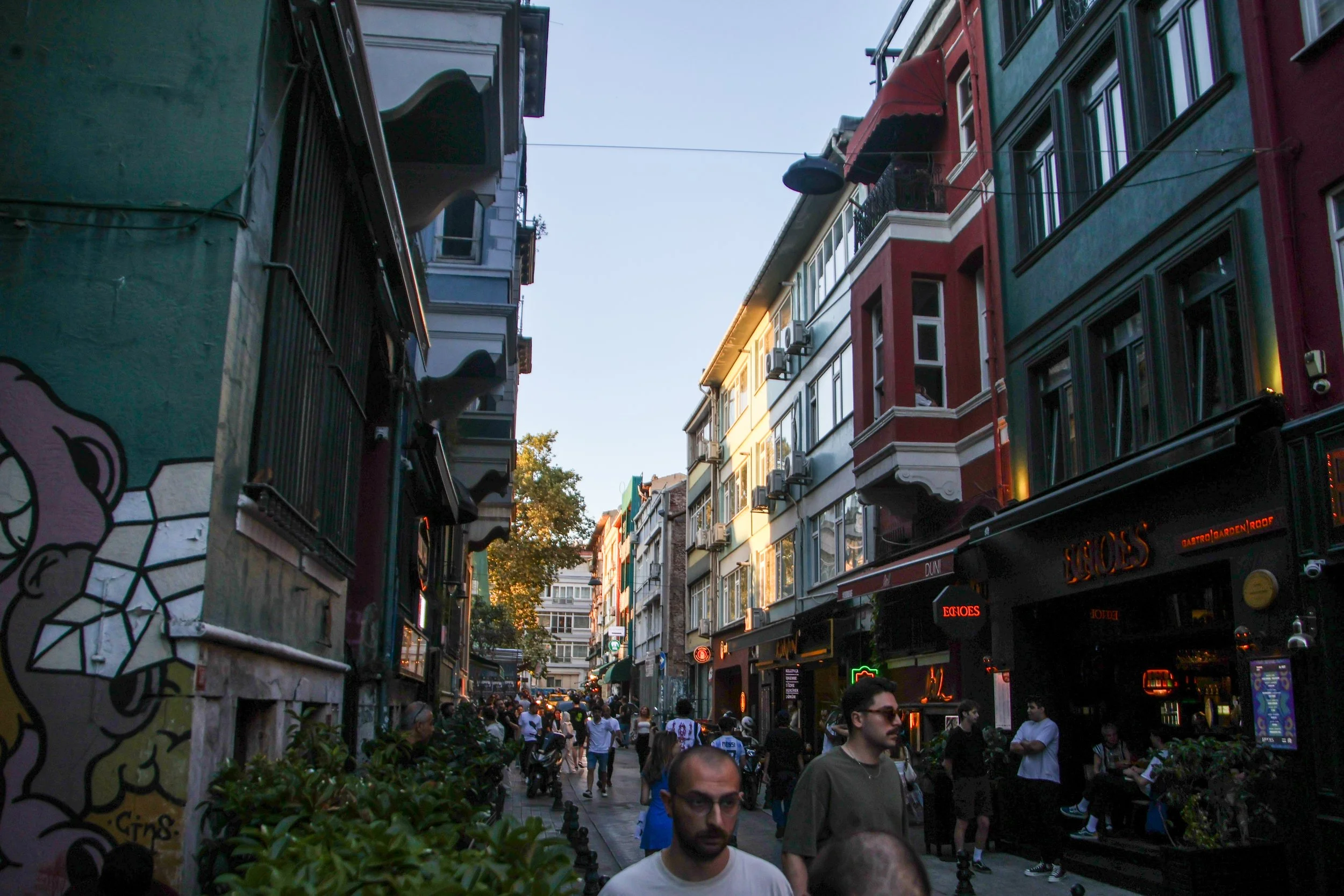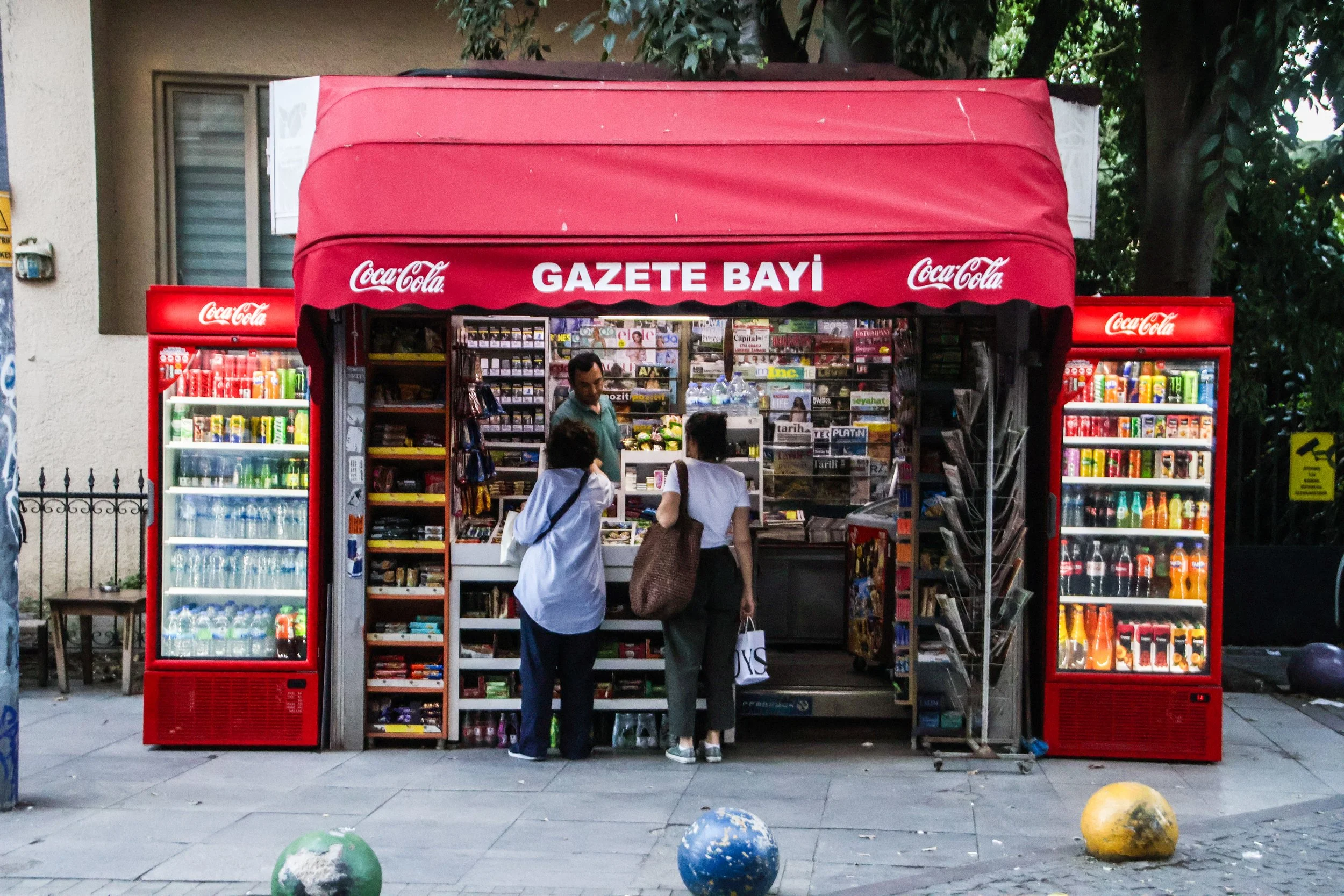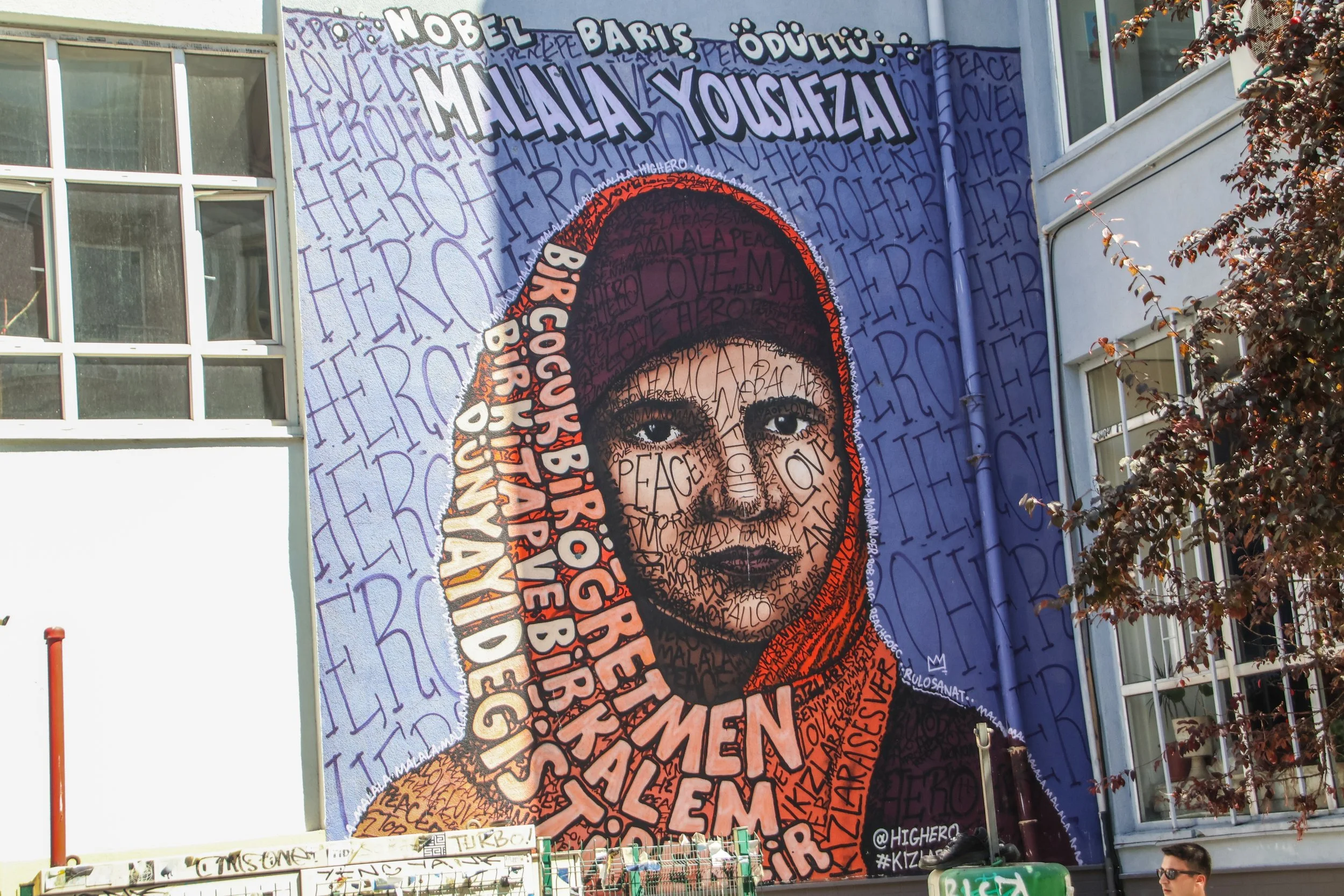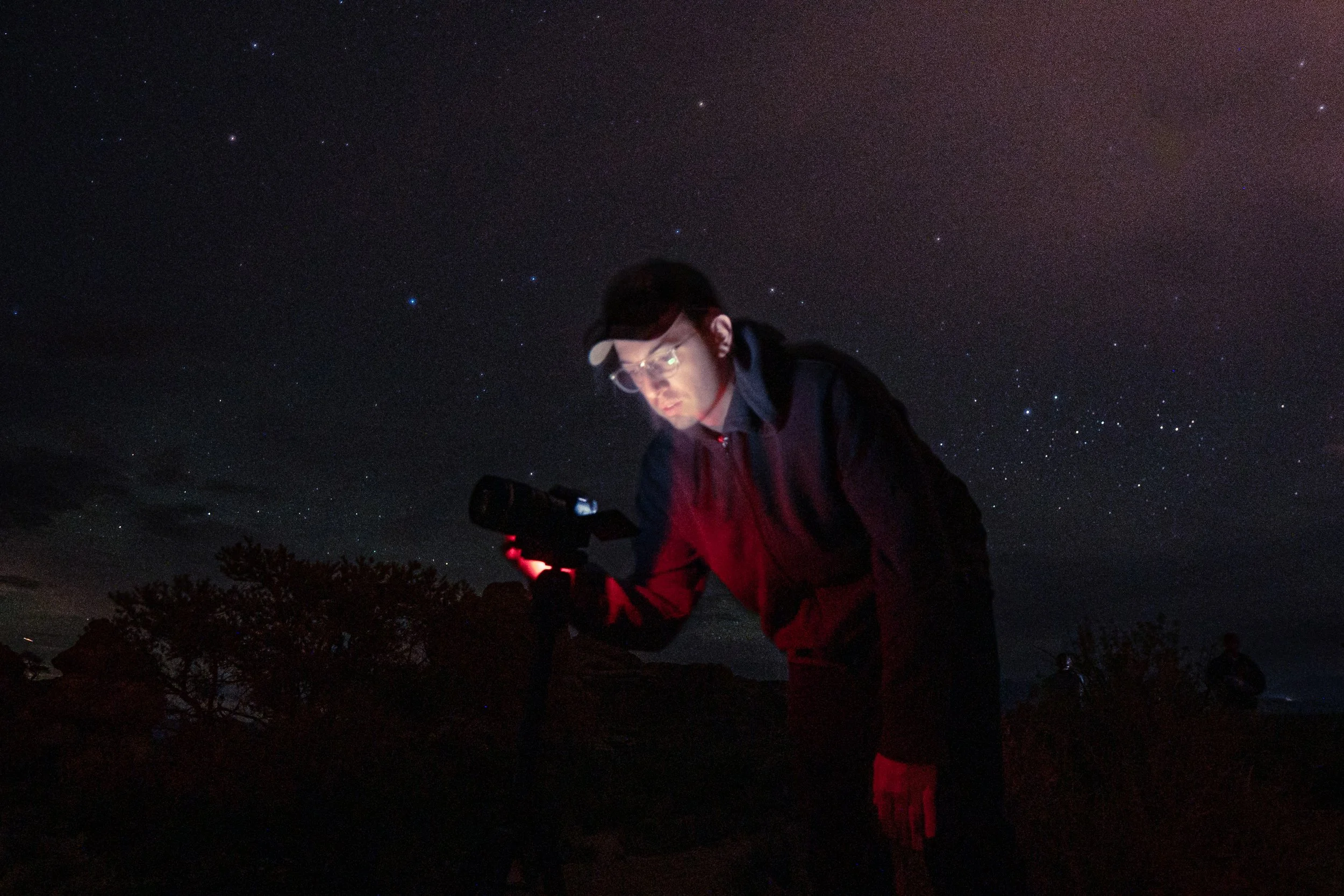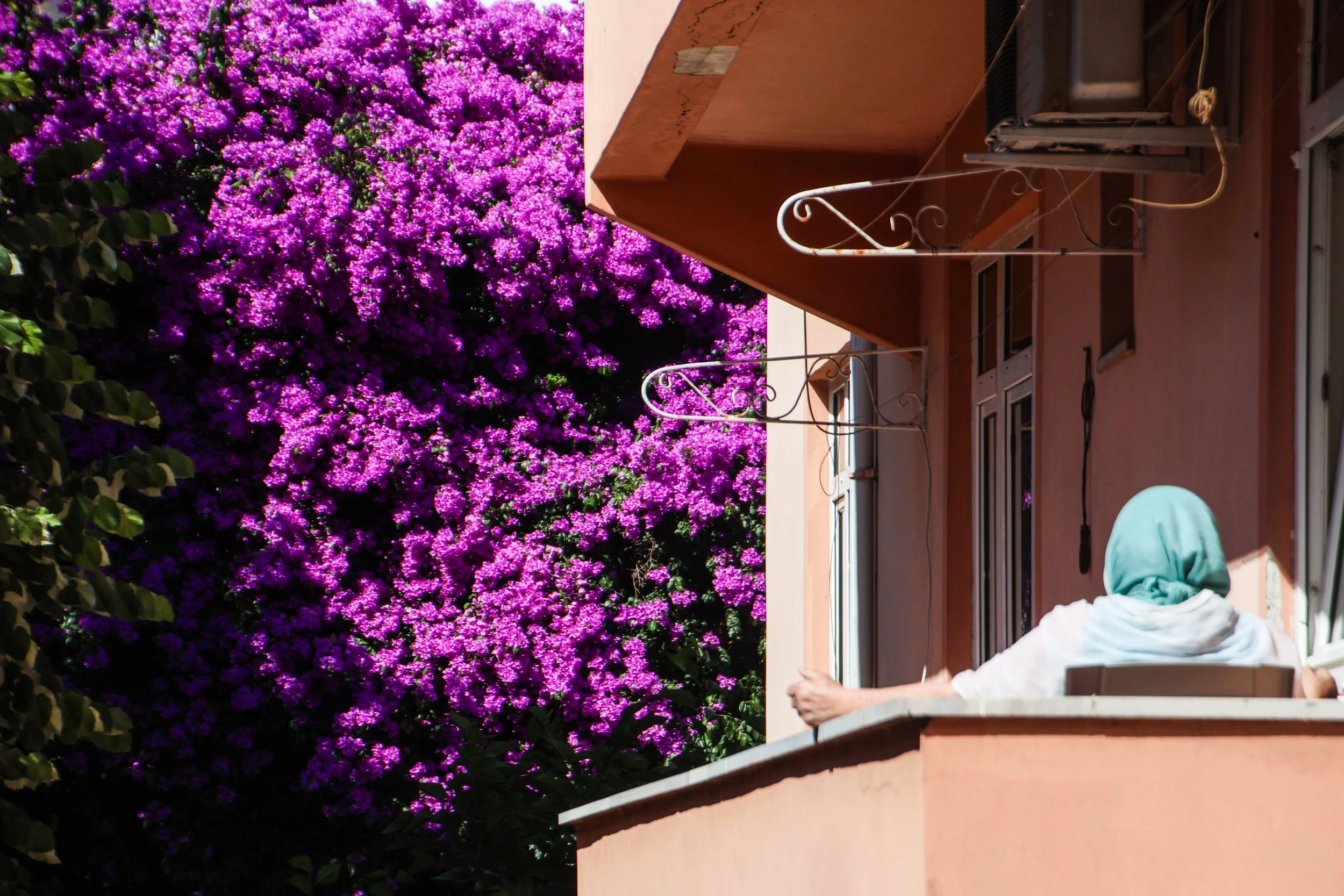If you’ve read the past two articles, then you’ve gotten a taste for the complex duality of Istanbul. Some areas, like Bebek, feel extremely Western. Other areas, like Üsküdar, feel more like the Middle East. Which one is the real Istanbul? Ask the next Turkish person you meet! They are sure to have an interesting answer for you.
I think that Bebek and Üsküdar represent extremes, so I’d like to offer one final installment with a bit of a middle ground, albeit, a Western-leaning one: Kadiköy (not be confused with Karaköy) and Moda.
An Intro to Kadiköy + Moda
The first time I came to Istanbul—which was 10 years ago now!—I spent most of my time in Kadiköy. In the crisp autumn air, fresh off months spent backpacking through the sweat and humidity of South Asia, I was absolutely charmed by this place! It caught me completely by surprise; I didn’t want to leave! The streets were bustling with cool-looking young people, there was an amazing coffee shop on every corner, and the steep, narrow streets provided a treasure-trove of urban ocean views, similar to those of San Francisco or Stockholm.
This time around, I visited during the summer months, and Kadiköy felt different. I think both of us had changed a bit over the past decade; I’d be lying if I told you it felt familiar. Nevertheless, I retained some conceptual familiarity with this place. Far from the touristy bustle of Galata, Karaköy, and Taksim over on the “European Side,” decidedly more humble than the Westernized glamor of Bebek and Nisantası, and much softer than its hardline conservative neighbor, Üsküdar, Kadiköy managed to feel at once both comfortable and local. It’s likely still too Western to truly be considered representative of Türkiye or even Istanbul as whole… but this is where a more local and authentic version of Istanbul feels accessible to me.
So let’s breakdown both Kadiköy and Moda; they aren’t exactly the same place.
Kadiköy
Istanbul contains within it 39 sub-municipalities, called “districts”. 25 of these districts are on the European side, and 14 are on the Asian side. A single district can be quite large and contain multiple neighborhoods under its umbrella. So, to provide some examples, we’ve already touched on this structure in the first two articles, where we mentioned the districts of Beyoglu (European Side) and Üsküdar (Asian Side). Kadiköy is another District. And Moda is to Kadiköy as Kuzguncuk is to Üsküdar, as Karaköy is to Beyoglu, or—to give this a more western point of comparison—as Williamsburg is to Brooklyn. In other words, Moda is part of Kadiköy.
But that doesn’t mean that Kadiköy is too big to have a coherent sense of identity. On the contrary, it actually has quite a strong personality as one of the most vibrant, youthful, liberal, and secular parts of Istanbul. It’s known for contemporary culture, including arts, music, nightlife, and a coffee culture to rival that of Brooklyn or Melbourne. Turkish Coffee is its own well-defined sub-genre of the coffee world, similar to Vietnamese Coffee—but Istanbul is also developing a reputation as being a center of gravity in the Third Wave coffee scene. I’ve been around the world and tried enough coffee now to accept that I care less and less about all the local variations on coffee that exist; I know in my heart that Third Wave Coffee is just superior, and seeking it out in every new city I visit is one of the great pleasures of my life. Everywhere I go, I am just looking for the best Third Wave, batch brew, pour-over coffee I can find. Some might call this coffee snobby, pretentious, or over-priced… and I will accept all of this.
If I’m speaking your language here, I highly recommend Third Wave Near Me — there’s a lot of amazing coffee shops to discover here in Kadiköy. But, that just one little piece of Kadiköy that I am choosing to focus on!
This place has a very long history that long pre-dates the invention of coffee, much less its arrival to these shores. It was originally settled in 685 BCE by the Greeks, and it was later nick-named “the city of the blind” because—according to legend—its founders failed to recognize how much better the setting was just across the Bosphorus, where Byzantium would soon rise. Indeed, the city that is now Kadiköy was founded about 30 years prior to the city that is now the European side of Istanbul. But it’s still pretty cool. Here it is on the map for context:
Kadiköy has lots of very cool, European-esque neighborhoods that are very leafy and walkable… but none of them were the base of operations for this article. Instead, I was staying in a high-rise hotel in the unpleasant office parks of outer-Kadiköy. Long story; it was not a great location, but the views from the roof… check these out:
Indeed, large swaths of northern/outer Kadiköy is just industrial office park. However, a short Uber ride south across the highway got us into the more neighborhood-y regions of Kadiköy. Southern/coastal Kadiköy makes for some great walking. Of course there are lots of quiet, local streets, but the more lively pictures in the gallery below came from Bahariye and Kadife Sokak (Bar Street), both of which we sort of stumbled upon without much prior knowledge; just following our nose and headed for the areas that are shaded brown in Google Maps.
Moda
Across all of Kadiköy’s many neighborhoods, perhaps the most well-known area is Moda. Again, this little area falls under the umbrella of greater Kadiköy. In the 1800s, this was a garden suburb inhabited mostly be non-Turkish, non-Muslim residents. This included Greek, Armenian, British, and French expats, to name a few. Nowadays, while it is still a desirable place for an expat to live, it’s fully Turkish, albeit, a bit posh. In addition to a more concentrated dose of the contemporary art, culture, nightlife and coffee that is found throughout greater Kadiköy, Moda is also quite notable for its waterfront. Here it is on the map for you, so you can see it in context:
We visited Moda a couple of times on this trip—once around mid-day, and once in the early evening—so I think the gallery below will capture some variance in lighting conditions. But, of course, it was all defined by an abundance of summer sunlight, which feels like a distant memory as I write this in the midst of a cold, gray autumn in England.
If you only have a few hours to explore Kadiköy, I’d recommend you come here. It’s extremely charming, and feels very comfortable to walk through as a westerner alone. There are lots of fashion boutiques and other small shops that make for some fun browsing, but I prefer pick out coffee shops and bakeries that look appealing, at least until I reach my limit for sugar and caffeine. Here are some pictures from our summertime wanderings through Moda, including a few shots looking out onto the water.
Street Art
I had hoped to compile enough murals to justify a stand-alone street art feature on Istanbul, but alas, I did not. So, instead I’m sharing them piecemeal throughout these articles. Unsurprisingly, Moda contained a disproportionately high number of my favorite murals. The first one in this gallery was something that I saw out the window of an Uber and actually walked back 20 minutes out of our way to capture. I clearly was not the only one who was interested in it, because at the corner across the street from this mural, there was a DIY raised, wooden platform that seemed to exist for the sole purpose of getting a better picture of this baby. Teşekkürler (THANKS) to whatever hero put this platform here!
That’s it for Kadiköy and Moda… but we’re not quite done with Istanbul yet.
Up next, is an article that I have been really looking forward to writing. It’s about cats. 😺
Get your hopes up!


